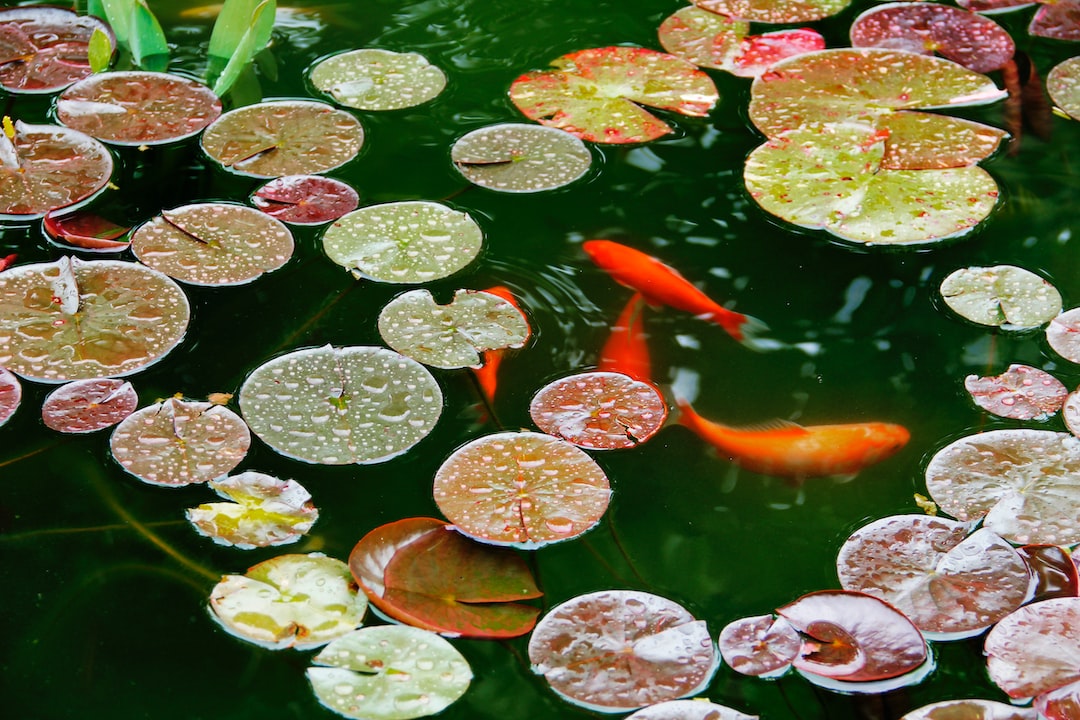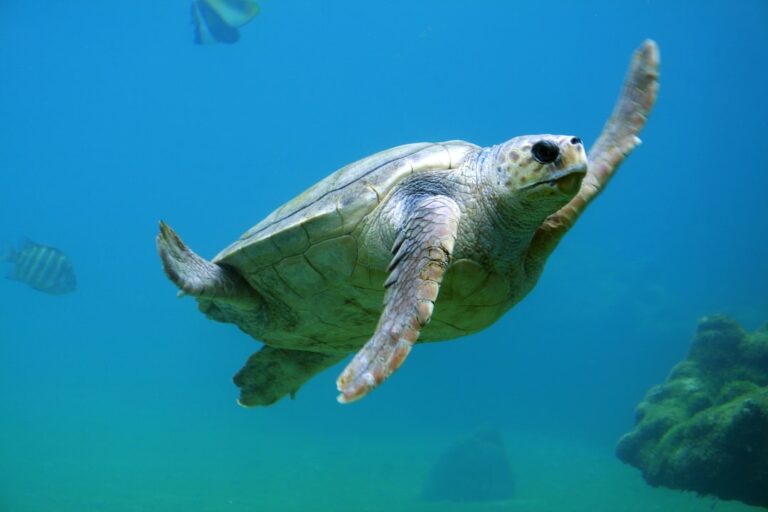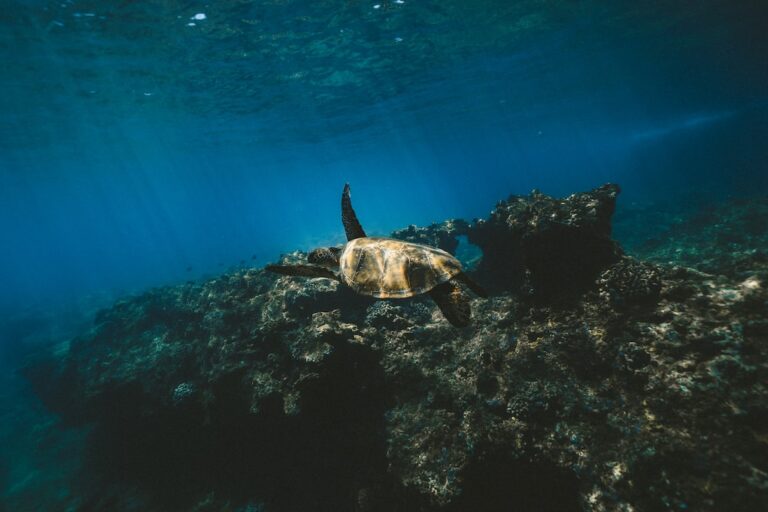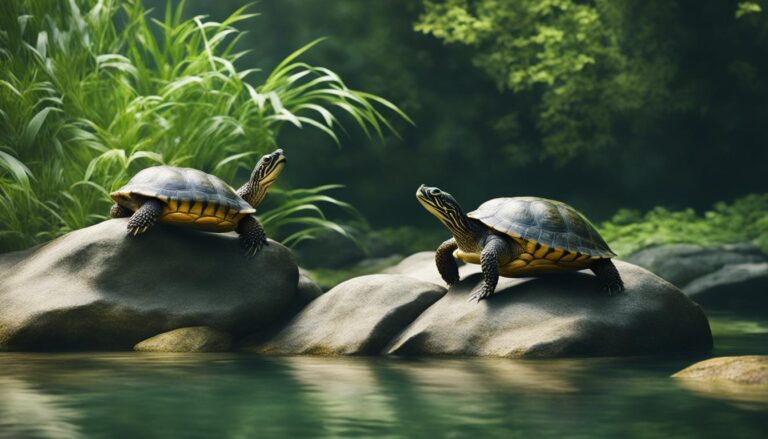Where Do Turtles Live?
Turtle habitats refer to the specific environments in which turtles live and thrive. These habitats can vary greatly depending on the species of turtle and can include aquatic, terrestrial, semi-aquatic, freshwater, saltwater, tropical, and temperate habitats. Understanding turtle habitats is crucial for their conservation and protection, as it allows us to identify and address threats to their survival.
Table of Contents
Aquatic Turtle Habitats
Aquatic turtle habitats are characterized by bodies of water such as lakes, ponds, rivers, and swamps. These habitats provide turtles with the necessary resources for survival, including food, shelter, and breeding grounds. Aquatic turtles have adapted to life in the water and have specialized features such as webbed feet and streamlined shells that allow them to swim efficiently.
Examples of aquatic turtle species and their habitats include the red-eared slider (Trachemys scripta elegans), which is commonly found in freshwater ponds and lakes in North America. Another example is the loggerhead sea turtle (Caretta caretta), which inhabits coastal waters and beaches in tropical and subtropical regions around the world.
Terrestrial Turtle Habitats
Terrestrial turtle habitats are characterized by land-based environments such as forests, grasslands, deserts, and mountains. These habitats provide turtles with suitable conditions for nesting, basking, and foraging. Terrestrial turtles have adapted to life on land and have features such as strong limbs and sturdy shells that allow them to navigate different terrains.
Examples of terrestrial turtle species and their habitats include the box turtle (Terrapene carolina), which can be found in forests and grasslands in North America. Another example is the African spurred tortoise (Centrochelys sulcata), which inhabits the arid regions of the Sahara Desert.
Semi-Aquatic Turtle Habitats
Semi-aquatic turtle habitats are characterized by a combination of aquatic and terrestrial environments. These habitats typically include bodies of water such as ponds, lakes, and rivers, as well as adjacent land areas where turtles can bask and nest. Semi-aquatic turtles have adaptations that allow them to thrive in both aquatic and terrestrial habitats.
Examples of semi-aquatic turtle species and their habitats include the painted turtle (Chrysemys picta), which can be found in ponds and wetlands in North America. Another example is the Indian flapshell turtle (Lissemys punctata), which inhabits freshwater bodies such as rivers and lakes in South Asia.
Freshwater Turtle Habitats
Freshwater turtle habitats are characterized by bodies of water such as rivers, lakes, ponds, and swamps that have a low salt content. These habitats provide turtles with access to freshwater resources for drinking, foraging, and breeding. Freshwater turtles have adaptations that allow them to live in these environments, such as specialized kidneys that can excrete excess salt.
Examples of freshwater turtle species and their habitats include the snapping turtle (Chelydra serpentina), which can be found in freshwater bodies across North America. Another example is the mata mata turtle (Chelus fimbriata), which inhabits slow-moving rivers and swamps in South America.
Saltwater Turtle Habitats
Saltwater turtle habitats are characterized by bodies of water such as oceans, seas, and estuaries that have a high salt content. These habitats provide turtles with access to saltwater resources for drinking, foraging, and breeding. Saltwater turtles have adaptations that allow them to live in these environments, such as specialized glands that can excrete excess salt.
Examples of saltwater turtle species and their habitats include the green sea turtle (Chelonia mydas), which can be found in tropical and subtropical waters around the world. Another example is the hawksbill sea turtle (Eretmochelys imbricata), which inhabits coral reefs and rocky coastlines in tropical regions.
Tropical Turtle Habitats
Tropical turtle habitats are characterized by warm and humid climates with abundant rainfall. These habitats provide turtles with a diverse range of plant and animal species for food and shelter. Tropical turtles have adaptations that allow them to thrive in these environments, such as brightly colored shells for camouflage and thermoregulation.
Examples of tropical turtle species and their habitats include the red-footed tortoise (Chelonoidis carbonarius), which can be found in the rainforests of South America. Another example is the Indian roofed turtle (Pangshura tecta), which inhabits freshwater bodies in the tropical regions of South Asia.
Temperate Turtle Habitats
Temperate turtle habitats are characterized by moderate climates with distinct seasons. These habitats provide turtles with a variety of food sources and shelter options throughout the year. Temperate turtles have adaptations that allow them to survive in changing environmental conditions, such as hibernation during the winter months.
Examples of temperate turtle species and their habitats include the eastern box turtle (Terrapene carolina carolina), which can be found in forests and grasslands in North America. Another example is the European pond turtle (Emys orbicularis), which inhabits freshwater bodies in Europe.
Endangered Turtle Habitats
Endangered turtle habitats are those that are at risk of destruction or degradation due to human activities or natural disasters. These habitats are home to endangered turtle species that are facing population declines and are at risk of extinction. Protecting and conserving these habitats is crucial for the survival of these endangered turtles.
Examples of endangered turtle species and their habitats include the critically endangered Yangtze giant softshell turtle (Rafetus swinhoei), which inhabits the Yangtze River in China. Another example is the endangered radiated tortoise (Astrochelys radiata), which is native to the dry forests of Madagascar.
Human Impact on Turtle Habitats
Human activities have a significant impact on turtle habitats, often leading to habitat loss, degradation, and fragmentation. Deforestation, urbanization, pollution, and climate change are some of the major threats to turtle habitats. These activities can disrupt the natural balance of ecosystems and negatively affect turtle populations.
For example, deforestation can destroy the forest habitats of terrestrial turtles, while pollution from agricultural runoff can contaminate freshwater habitats. Climate change can also have a profound impact on turtle habitats, as rising temperatures can affect nesting sites and alter the availability of food sources.
Conservation efforts are crucial for protecting turtle habitats and ensuring the survival of these remarkable creatures. These efforts include habitat restoration, protected area designation, and public education on the importance of preserving turtle habitats. By supporting these conservation initiatives, individuals can contribute to the long-term survival of turtles and their habitats.
In conclusion, understanding turtle habitats is essential for their conservation and protection. From aquatic to terrestrial, freshwater to saltwater, tropical to temperate, each habitat plays a vital role in the survival of different turtle species. By recognizing the characteristics of these habitats and the threats they face from human activities, we can take action to preserve and restore these environments. It is our responsibility to protect turtle habitats and ensure that future generations can continue to marvel at these incredible creatures.
If you’re curious about the behavior of turtles and why they sometimes bite themselves, you might also be interested in an article on Reptile Friend titled “Why Do Turtles Bite Themselves?” This informative piece explores the reasons behind this peculiar behavior and provides insights into the possible causes and solutions. To learn more about this intriguing topic, check out the article here.







